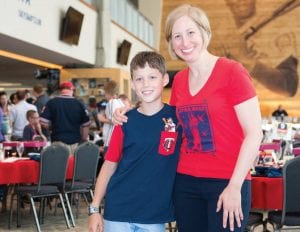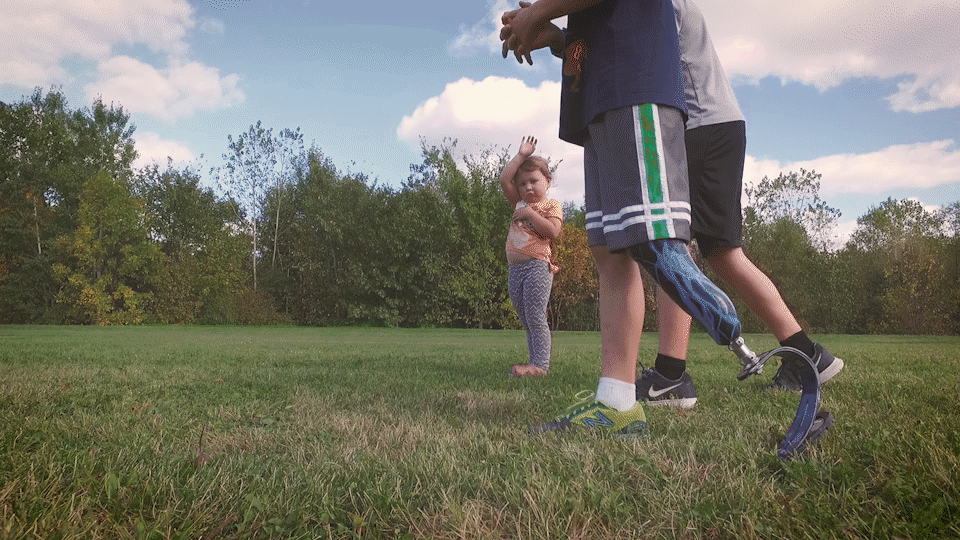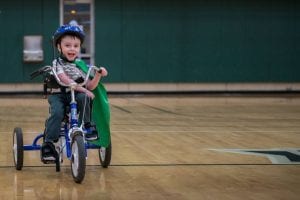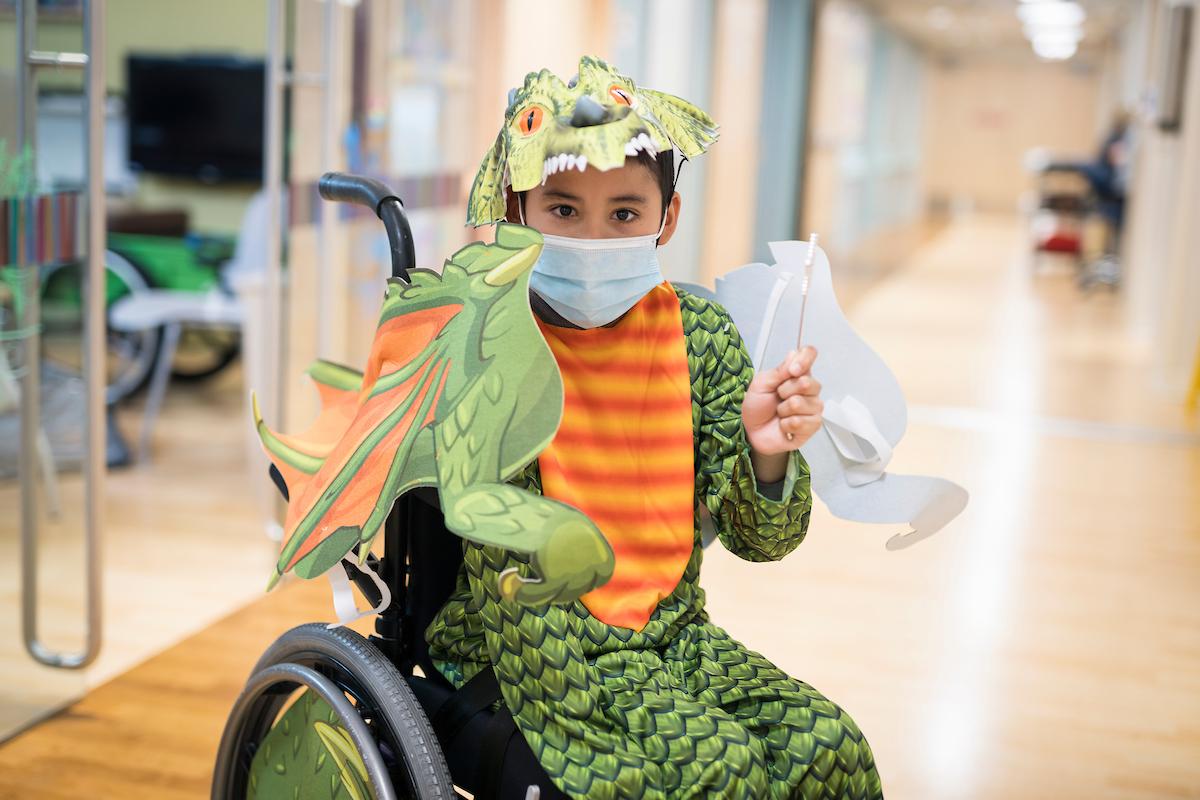Miracle Makers of the Day: Assistive Technology Department (ATD)
Many children and teens who come to Gillette Children’s Specialty Healthcare have conditions that require assistive technology services. Gillette’s internationally-recognized providers work in teams to develop custom assistive devices like braces (orthoses), artificial limbs (prostheses), wheelchair seating and controls, and more.
Eli Brummond, 11, has benefited from Gillette’s ATD services. He moves fast enough that you wouldn’t necessarily notice at first, but Eli’s left leg is missing from just below his knee and he wears a prosthesis due to a condition called fibular hemimelia. He’s incredibly well spoken and he’d be the first to tell you about Gillette, his prosthetic leg and his brand new role for 2019.
“Obviously, I don’t quite remember being born, but my parents have told me the story so many times that I feel like I do. I was born with a condition called fibular hemimelia. This affects a lot of kids differently, but for me, it meant that I was born missing the fibula bone in my left leg. Eventually, Gillette and my parents decided a leg prosthetic would help me most. I’ve had my prosthetic leg altered, like, a lot. Most of this has been done with my prosthetist, Michelle Hall. She met my family at my very first appointment at Gillette,” Eli says.
After getting to know him and his family through the years, Michelle Hall, CPO, has nothing but good things to say. “The thing that has always struck me about Eli is just how articulate he is when it comes to describing how he is experiencing his prosthesis. I think it would surprise people to learn just how important that can be. There’s no “one size fits all” approach to what we do. Every orthosis or brace we design is perfectly tailored to the specific needs of our patients, and even then, those needs change over time,” Michelle continues, “We also include our patients in the process of making decisions about the device we’re making for them. Whether it’s something as simple as picking the color of an orthosis or placing the logo of their favorite sports team on their prosthesis, we want our kids to feel empowered and involved.”

“Recently, I started asking Michelle about getting a new prosthetic leg designed more specifically for playing sports. In soccer practice, there were some kids I knew I couldn’t keep up with. My prosthesis just slowed me down too much,” Eli says.
Michelle explains, “When it comes to athletics, Eli’s first prosthetic leg was a lot like handing someone a racquetball racquet and telling them to go play tennis. It’s workable, but not optimal. The issue is the equipment, but it’s hard not to internalize this as some kind of personal failing. Most of the time, our patients—and this applies to all of the kids we see at Gillette—just need to be given the right tools to unlock the potential that was always there in the first place.”
“I realized that some kids being faster wasn’t because of me or something I was doing wrong. I just needed the right leg for what I was doing,” Eli says.

This summer, Eli is participating in track and field and recently conquered his first experience with hurdles. Eli wouldn’t want to brag, but by all accounts, he’s very, very fast. That’s not all he’ll be busy with, as Eli is this year’s CMN Champion.
Your Donations Make a Difference
GAP Fund
Gillette is committed making sure any family can afford medical care for their child. To this end, Gillette offers the Gillette Assistance Program (GAP) for families who are paying for all or part of their care. GAP is a financial assistance program that provides discounts on eligible costs billed by Gillette that is funded by the generosity of donors to the hospital.
GAP helped cover the parts of Mikey Carothers’ medical care that insurance didn’t, like his speech and physical therapy sessions. After almost six years, Mikey still loves going to therapy!
“Mikey’s therapists are so amazing, and he looks forward to going to his appointments every week!” Mikey’s dad, Ross, says. “It was at therapy that we first learned about the possibility of an adapted bike for Mikey. The bike was the first piece of equipment that allowed Mikey the freedom to go where he wanted to go without any assistance. Seeing the look on his face and hearing the laughs as he chased us on his bike was priceless! The bike keeps Mikey’s legs moving and is a huge part of therapy we can do at home.”

Thanks to generous donors, in 2018, more than 200 patient families received help from GAP.




